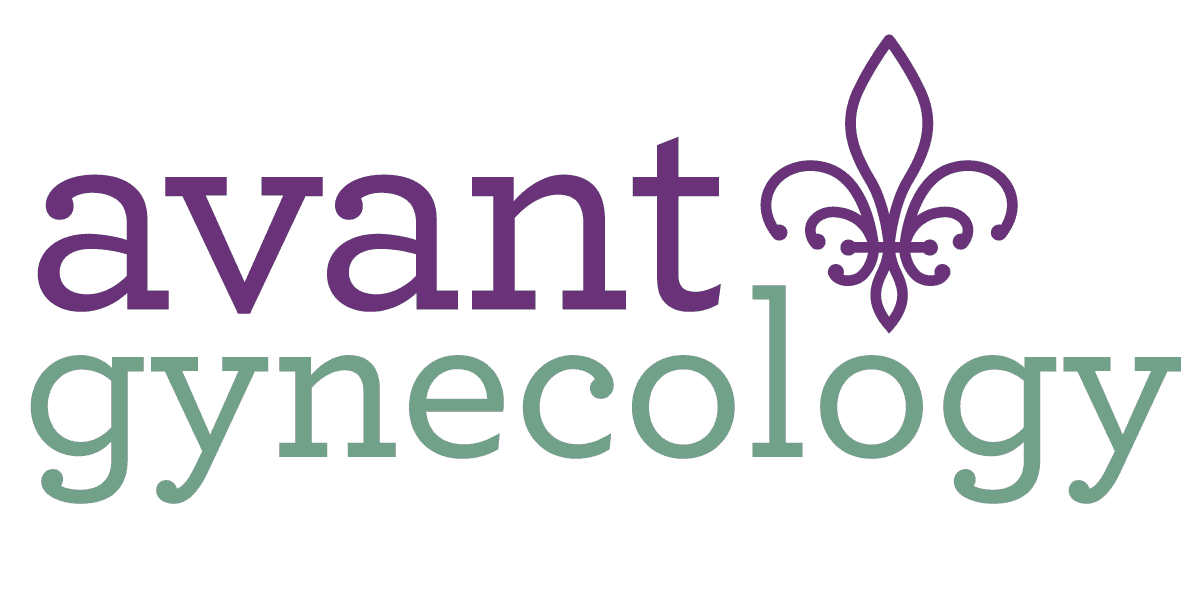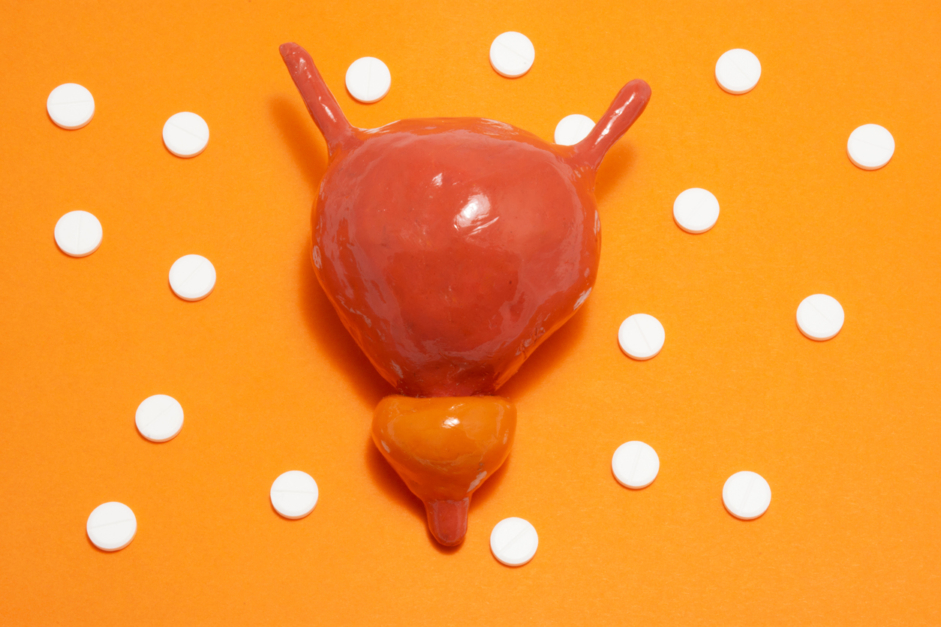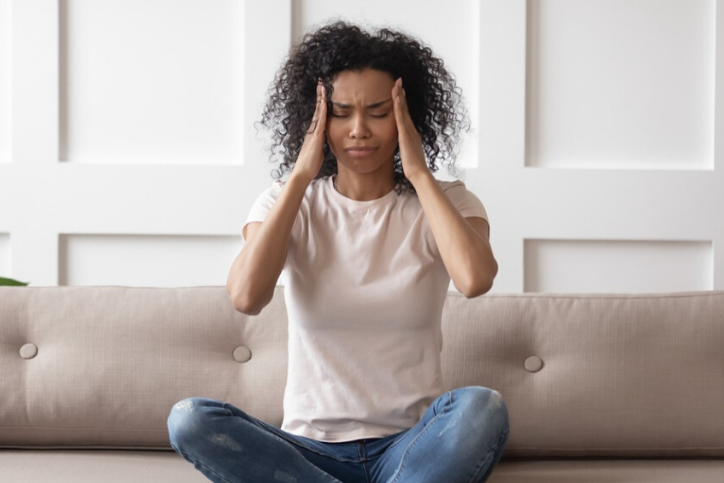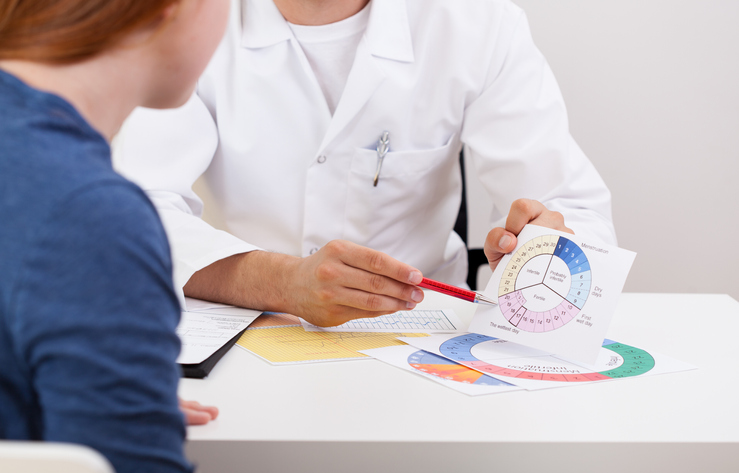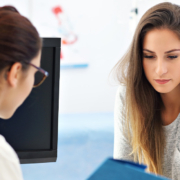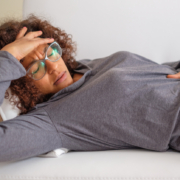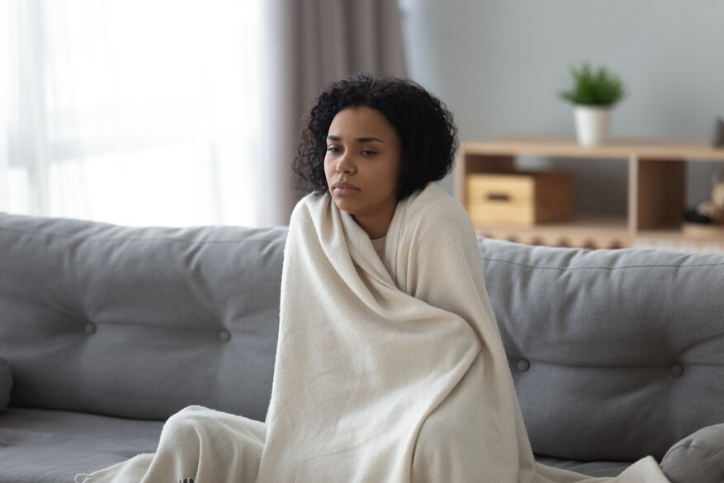Overactive Bladder 101
With more than 200,000 cases in the United States alone per year, overactive bladder (also called OAB) is a common medical condition many women and men experience. This urological issue causes a frequent, urgent need to use the restroom, sometimes even leading to accidents before a person has time to get to the bathroom.
If you or a loved one are dealing with OAB, keep reading below to learn more about causes and treatment options.
What Are the Symptoms for Overactive Bladder?
The most common symptoms of OAB are:
- The sudden urge to urinate that is difficult to control.
- Accidently releasing urine when the urge appears.
- Using the restroom multiple times in the middle of the night, a condition called nocturia.
- Frequently urinating more than usual, beyond eight times a day.
What Causes OAB?
Usually, OAB can occur when the muscles of the bladder contract involuntarily, creating that urgent need to use the restroom.
There are several risk factors and medical conditions that can cause OAB, including enlarged prostates, diabetes, cognitive decline, tumors, certain medications, and hormone changes.
What’s the Treatment for OAB?
The most common treatment for overactive bladder is behavior therapies and lifestyle changes. Those include options such as pelvic floor muscle exercises, maintaining a healthy weight, biofeedback, intermittent catheterization, scheduling restroom use, and bladder training. These therapies help encourage the body and bladder to function without daily interruption.
Other treatment options include:
- Bladder injections
- Medications
- Nerve stimulation
- Percutaneous tibial nerve stimulation
- Surgery
If you have further questions about overactive bladder, reach out to the experts at Avant Gynecology by clicking here or by giving us a call at 404-352-2850.
